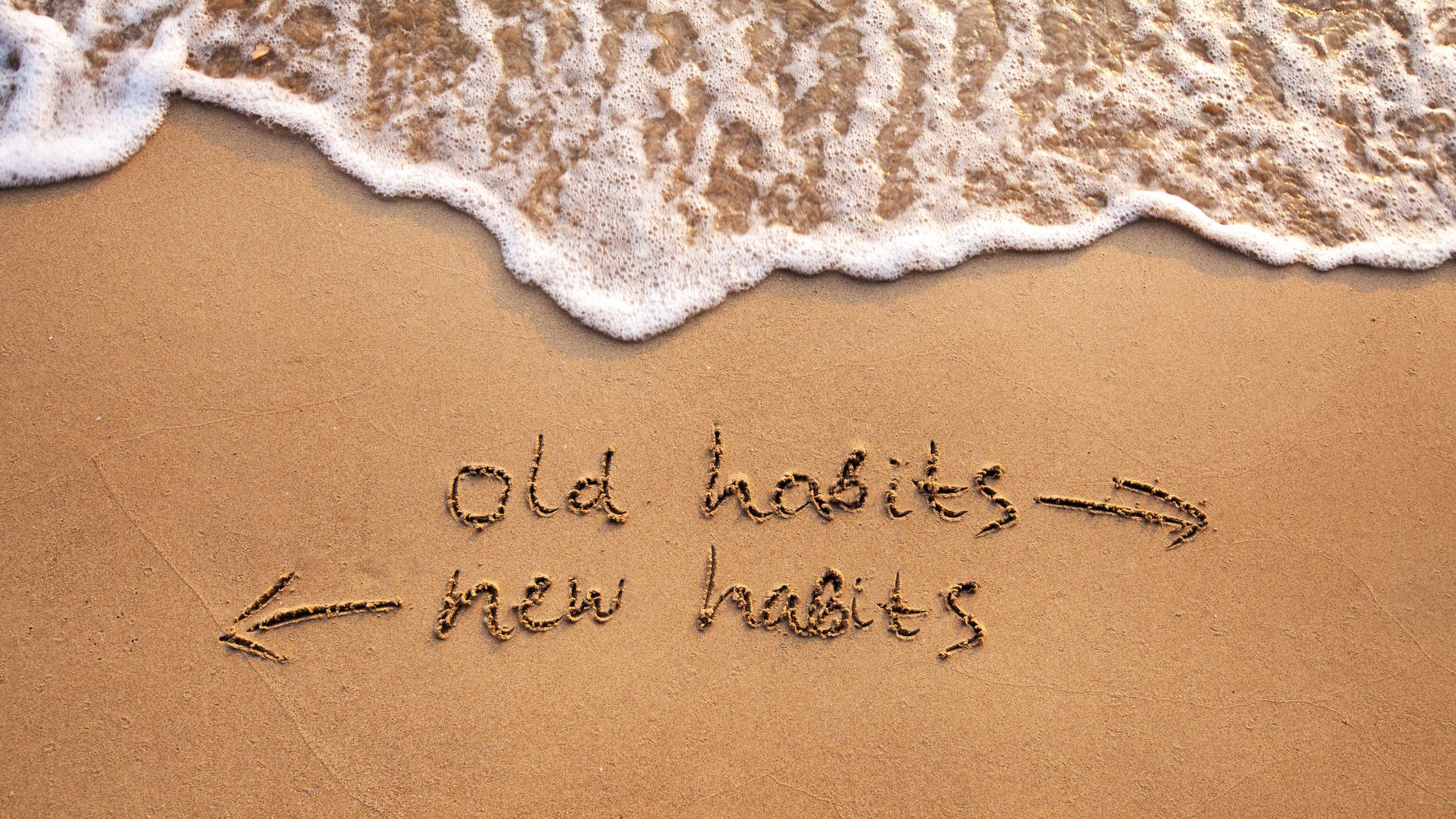

One of the things that I recommend to everybody is to do some exercises at home that will help improve your spine. But I’m forever hearing excuses as to why people don’t have the time don’t have the energy etc as a result that I get the results. So breaking habits is one way of helping your house but it’s easier to create a new habit than is to break an old habit.
Every New Year, people create new years resolutions. Some succeed and some don’t… so Why is it so hard to form habits? And Why is it so hard to break bad ones?
I’m going to give you a book recommendation it is called Atomic Habits by James Clear. This book explores the psychology behind habit formation and demonstrates how the human brain creates habits. Then, it gives practical advice on how to stick to the habits they want to keep and avoid the ones they want to abandon.
Key points to Atomic Habits
When people focus on goals, they run into four problems:
1) Winners and losers often have the same goals, so it’s not a good indicator of why some win and some lose.
2) The achievement of a goal is only a momentary change, then you begin to want something else once.
3) if you don’t meet your goals it can be mentally disastrous.
4) Goals aim for a specific accomplishment, not a sustained change.
This means goals are at odds with long-term progress. Don’t become too preoccupied with goals. Instead, focus on sustained systems of change.
Human brains make decisions with a four-step process.
1) It receives a cue to perform a particular action.
2) It creates a craving to perform that action.
3) It responds to that craving.
4) It receives a reward or consequence for that action.
When it receives a reward, it is inclined to repeat the cycle, when it receives a consequence, isn’t not likely to repeat it
-
- This cycle, repeated, is what forms a habit. An example would be: 1) Wake up. 2) want to feel alert. 3) Drink coffee. 4) Satisfy the craving to feel alert.
Human brains are hardwired to take the path of least resistance and to exert the least energy necessary. That makes forming new habits hard. To make good habits easier:
1) Make it obvious
2) make it attractive
3) make it easy
4) make it satisfactory.
This can be inverted to break a bad habit to
1) make it invisible
2) make it unattractive
3) make it difficult
4) make it unsatisfactory
Your environment is one of the most important factors that determine our habits. It provides cues that start a habit loop in the brain and subtly encourage people to pursue particular habits, whether good or bad. Eg going to a pub when you are trying to quit drinking is not a good idea. One way to make habits attractive is to reframe them in terms of their benefits instead of drawbacks. For example, associate saving money with its future bounty instead of its present sacrifice. One easy way to do this is to speak it aloud. Like the point and call method, say the benefits that a habit provides. Another psychological trick is to refer to habits as something that a person “gets to do” instead of as something that they “have to do.”
This is important…. Habits are not formed based on time; they are formed based on frequency. A behavior will become automatic when the habit loop is completed a certain number of times (which differs from person to person).
An effective way to start a habit is, to begin with, a simplified, easier version — something that can be done in two minutes or less. For example, instead of a two-hour workout, try ten pushups. This is an easy-to-do entry point, which can be added onto to build bigger habits.
One trick to developing habits is to set up systems that automatically reward desired behaviors or punish those that are not. For example, if one wants to break a habit of daily Starbucks visits, set up a savings account and set automatic deposits for the amount that would be spent on coffee each day that’s skipped. When they see the money hit the account, it will create a psychological reward that encourages the brain to repeat the behavior.
One way to evoke several of the factors that make habits easier to repeat is to track the habit. For example, mark every time a habit is repeated on a calendar. This makes it obvious whether a habit has been completed. If it is incomplete, it offers a reminder to complete it. This makes habits attractive through the invocation of a psychological desire to continue streaks of behavior.
SUMMARY
Four-step framework for habit formation
The process to develop a habit can be divided into four-step processes. First, the brain receives a cue. 2nd Then the cue triggers the brain to generate a craving 3rd we respond to that craving through the performance of the action. Finally, we receive either a reward or consequence.
These Four steps can make a habit more likely to trigger this reward loop in the brain and, therefore, more likely to become a habit that endures.
(1) Make it obvious.
(2) Make it attractive.
(3) Make it easy.
(4) Make it satisfying.
Each of these addresses one step of the loop mentioned above. People often glorify the achievement of hard tasks, but the reality is that the harder a task is to do, the harder it is to form a habit out of it.
1. Make a habit invisible so that no cue is ever received.
2. Make a habit unattractive to undermine any craving.
3. Make a habit difficult to make a response harder.
4. Make a habit unsatisfactory so the brain is prompted not to repeat it.
